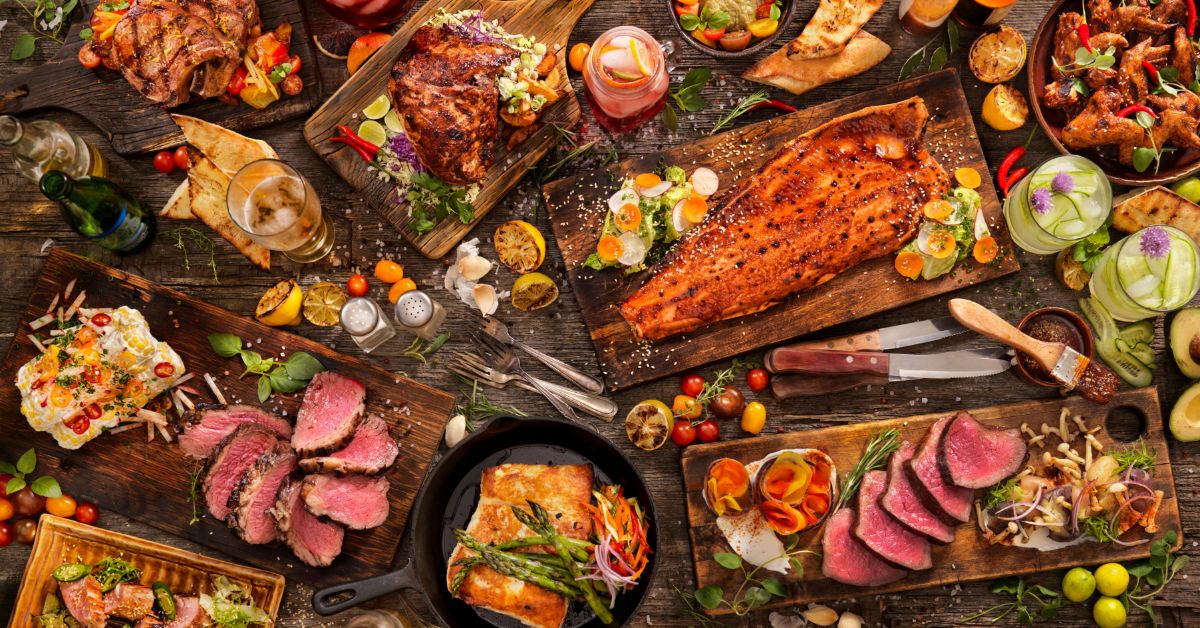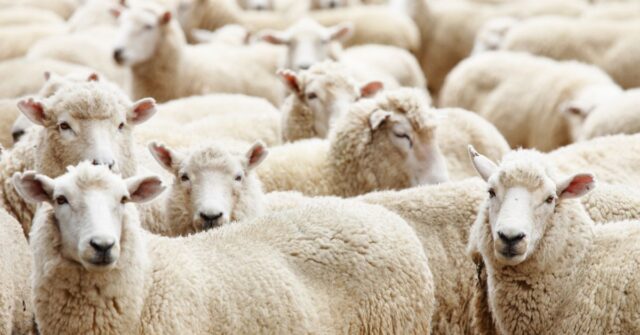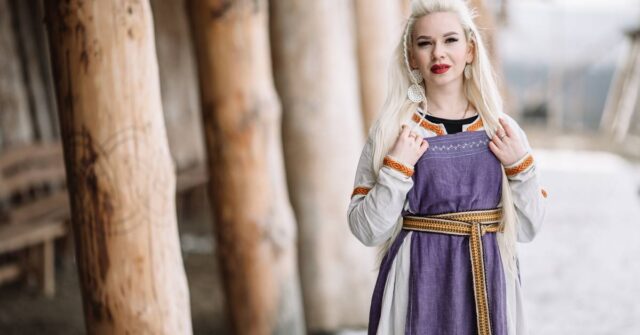The Vikings, known for their seafaring prowess, were equally remarkable in their culinary customs. Their diet was a reflection of the rugged landscapes and the bountiful seas that surrounded them.
This post delves into the depths of Viking cuisine, exploring the nourishment that fueled these legendary warriors and settlers.
Introduction to Viking Culinary Traditions
The culinary traditions of the Vikings were deeply intertwined with their lifestyle, environment, and the changing seasons.
They were not just raiders but also farmers, fishermen, and traders, with a diet that reflected the diversity of these roles.
The Historical Context of Viking Cuisine
The Viking Age, from the late 8th to the early 11th century, was a time of great exploration and cultural exchange.
The Vikings’ diet evolved with their travels, incorporating elements from the lands they visited, traded with, or settled in.
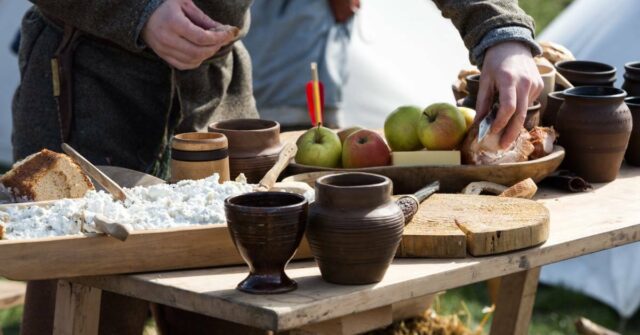
Understanding the Viking Age Through Food
Food is a powerful indicator of a civilization’s way of life. By examining the remains of Viking meals, we gain insights into their daily life, health, and even social structures.
Primary Food Sources in the Viking Age
Vikings depended largely on their local environment for food. Their primary sources were agriculture, hunting, and fishing, which together provided a balanced diet.
Agricultural Practices and Crops
Agriculture in the Viking Age included the cultivation of barley, oats, and rye. The grains were used to make bread, porridge, and ale, which were staples in the Viking diet.
Livestock and Meat Consumption
Livestock such as cattle, sheep, and pigs were central to Viking farming, providing meat, milk, cheese, and wool.
Meat was often preserved through smoking or salting to last through the winter months.
Fishing Techniques and Seafood
The seas and rivers provided a rich source of food. Vikings were adept at fishing, and their catches included herring, salmon, and cod, which were also dried or salted for preservation.
Everyday Meals: From Field to Table
The daily meals of a Viking were simple yet nourishing, often comprising of a stew or porridge, with meat and fish being more common during feasts or in wealthier households.
Typical Daily Diet of a Viking Family
A typical Viking family ate two meals a day: ‘dagmal’ in the morning and ‘nattmal’ in the evening.
These meals consisted of a base of grains with additions of vegetables, legumes, and occasionally meat or fish.
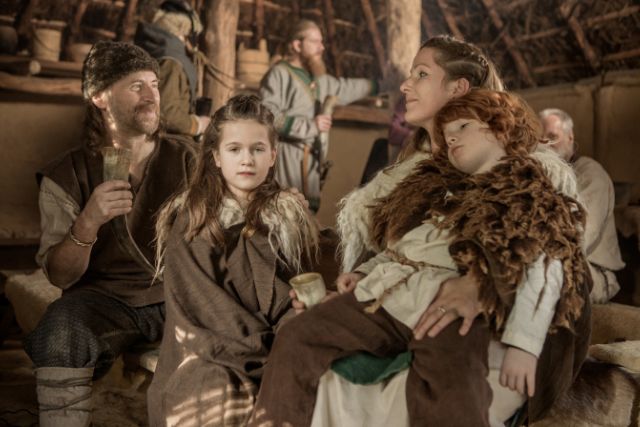
Cooking Methods and Kitchen Tools
Viking cooking methods were straightforward, involving boiling or roasting over an open fire. Kitchen tools included iron pots, wooden utensils, and stone querns for grinding grain.
The Role of Women in Food Preparation
Women played a crucial role in Viking society as the primary food preparers. They managed the farms, preserved food for the long winters, and cooked meals for their families.
Feasts and Festivities: Celebratory Foods
Feasts were a significant part of Viking culture, marking important events with an abundance of food and drink that went beyond their daily fare.
Special Occasion Dishes and Recipes
During feasts, dishes such as roasted meats, thick stews, and bread made with finer flour were served. Sweetened with honey, desserts, and fruits were also enjoyed when available.
Alcoholic Beverages and Brewing Methods
Mead, ale, and beer were the primary alcoholic beverages of the Vikings, brewed from barley and flavored with herbs or fruits. These drinks were a staple at any large gathering.
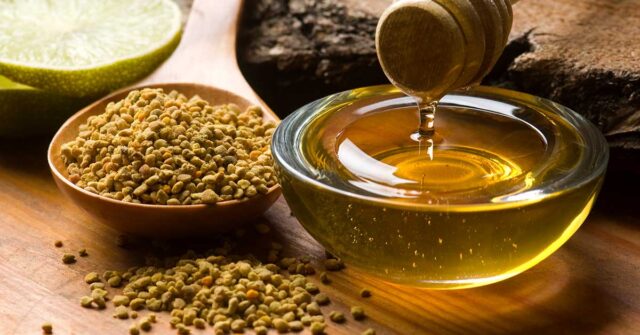
Rituals and Food: The Spiritual Connection
Food also had a spiritual significance for Vikings, with certain meals and toasts being an integral part of their rituals and offerings to the gods.
Trading and Influence: Exotic Foods and Spices
Trade expanded the Viking palate with spices, fruits, and other luxuries that were previously unknown, showcasing their connections with the wider medieval world.
Trade Routes and Imported Ingredients
Viking traders brought back goods like wheat, honey, wine, and exotic spices from their travels, which were then incorporated into their cuisine.
The Impact of Foreign Culinary Practices
These imported goods influenced Viking cooking, introducing new flavors and techniques that added variety to their diets.
Viking Cooking Techniques and Preservation
To survive the harsh northern winters, Vikings developed effective food preservation techniques, which also enhanced their food’s flavor and longevity.
Smoking, Drying, and Salting: Preserving Food
Methods like smoking fish and meats over fires, drying them in the open air, or salting were commonplace and essential for ensuring a year-round food supply.
Fermentation: A Taste of Viking Innovation
Fermentation was another preservation method, leading to foods like skyr (a type of yogurt) and various pickled vegetables.
Nutrition and Diet: The Health of a Viking
While the Vikings are often associated with robust health, their diet was varied enough to provide them with the necessary nutrients to survive in their harsh environment.
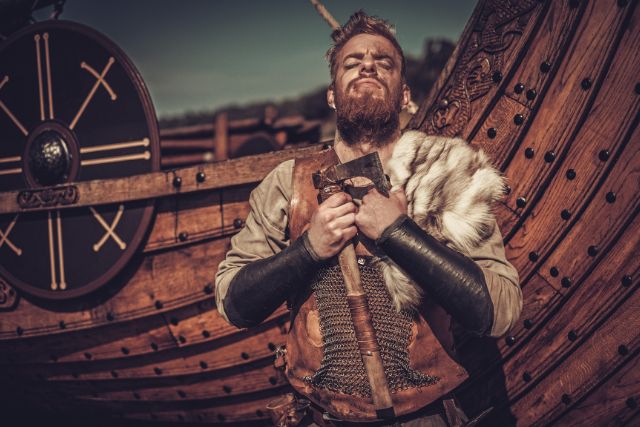
Analyzing the Nutritional Value of Viking Meals
Studies of Viking remains indicate a diet rich in protein and vitamins but also show evidence of diseases related to diet and lifestyle.
Common Diseases and Diet-Related Health
Dental wear and deficiencies point to some of the challenges Vikings faced, possibly due to a lack of certain vegetables and fruits during the long winters.
Archaeological Insights: What Remains Tell Us
Archaeological discoveries continue to shed light on the Viking diet, providing a tangible link to the past through the study of food residues, utensils, and even ship remains.
Discoveries from Viking Settlement Excavations
Excavations of Viking settlements have unearthed kitchen middens, which are full of clues about their daily meals, such as bones, seeds, and shells.
Reconstructing Diets from Bones and Seeds
Analysis of these materials allows researchers to reconstruct the Viking diet in detail, offering a window into their everyday life.
Recreating Viking Cuisine Today
Today, there is a growing interest in recreating Viking cuisine. Modern cooks and historians alike are bringing ancient recipes to life, using them to connect with Viking heritage.
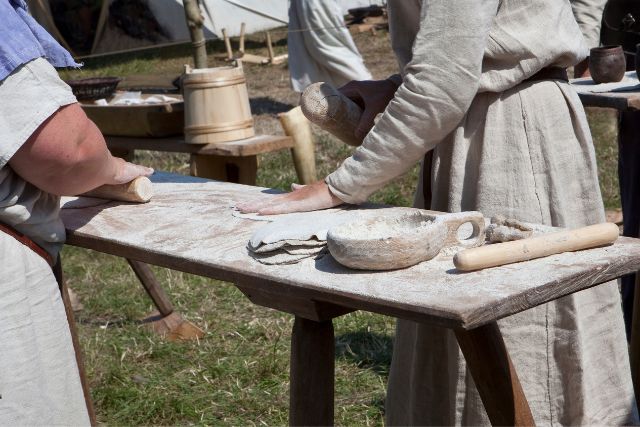
Modern Interpretations of Viking Recipes
Chefs and enthusiasts experiment with historical ingredients and methods to create dishes that provide a taste of the Viking age, adapted for the modern palate.
Themed Viking Feasts and Culinary Experiences
Themed events and restaurants offer immersive experiences, allowing people to dine like Vikings and engage with their history in a unique and flavorful way.
Conclusion: The Legacy of Viking Cuisine
The legacy of Viking cuisine is not only in the dishes that have been passed down or the historical records but also in the enduring curiosity and fascination with the Viking way of life.
Viking Influence on Modern Nordic Cuisine
Modern Nordic cuisine owes much to its Viking roots, with a focus on simplicity, purity, and freshness that echoes the diet of these ancient seafarers.
Preserving History Through Food Culture
By exploring and recreating Viking cuisine, we preserve a vital part of history, connecting the past to the present through the universal language of food.

